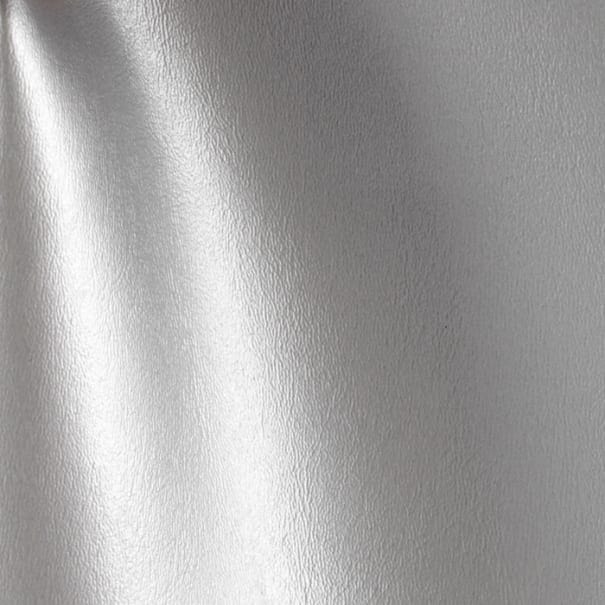You may think of your kitchen as an old, cluttered place and be desperate to find an inexpensive way to redecorate it. Luckily, there’s a surefire way to revitalize it: just install a backsplash above the counter, right below the upper cabinets. Not only the choice of the backsplash tiles is vast, they are also affordable and easy to work with.
In this post, we’ll take a closer look at how to tile a backsplash to upgrade your kitchen and make the seemingly boring counter area sparkle.
TOOLS
- Wall tiles;
- tile spacers;
- grout;
- grout float;
- mastic;
- tape measure;
- utility knife;
- rubber mallet;
- board;
- notched spreader.
1. GET THE WALL READY
It’s important that before you start tiling, you clean up the area thoroughly. It’s no secret that kitchen walls have splashes of grease here and there, even if they invisible to the eye. You can use a mixture of water and detergent to clean the wall.
Next, cover the adjoining cabinets and countertops with old newspapers or cloth to protect them from dust when you’ll tile the area.
If you’ve got the outlets installed in this area, make sure to turn the electricity off and take away the cover plates.
Now, the wall itself: measure a distance that equals the length of 3 or 4 tiles (so you don’t have to cut them later) and mark this point with a pencil. It’s recommended to start marking up the area just below the ventilator, then work your way out elsewhere. Divide that area into two halves and draw the line starting from the upper cabinets and all the way down.
P.S. You may also like to smooth the surface of the wall with sandpaper if it’s rough.
2. HOW TO TILE A BACKSPLASH: LAYING THE TILES
Once the wall is properly cleaned up, it’s time to start laying the tiles. First, apply a layer of the mastic with a notched spreader. The layer should be thin enough for you to be able to see the pencil markups you left earlier. For ease of work, make sure to have some water and a piece of cloth nearby. When the mastic on the spreader gets hard, soften and remove it with a damp cloth.
Then, put the tile spacers on the countertop (you wouldn’t like the tiles to touch the countertop directly and it’s best to fill the gap with a silicon sealant afterwards).
Start laying the tiles. If you noticed that the mastic keeps being pushed onto the tiles as you work your way out, this means you applied too much of it. Stop tiling, remove the surplus with a spreader and resume work.
As you laid several rows of tiles, firmly press them against the wall with a rubber mallet and a board. This will ensure the tiles are laid evenly and got clued to the wall.
3. CUT THE TILES TO ADJUST THEM TO INTERNAL CORNERS
Internal corners almost always require custom-sized tiles. This means you have to make some additional measurements and cut the tiles according to the custom dimensions. Depending on the tile, you may be able to cut them with a utility knife but sometimes a tile saw is needed.
Once the tiles for internal corners are cut, place them on the wall and leave them for thirty minutes. After that, apply a grout sealer (only for the natural stone tiles. You won’t need it if you’re using ceramic tiles).
4. GROUT THE TILES AND CLEAN THE AREA
Once the area is tiled, leave it for twenty-four hours. Then, it’s time to start applying grout. It makes sense to use a more advanced (and expensive) grout solution as it will serve you better. The counter area consistently gets dirtied with grease and food splashes so you’d like to use a long-lasting material. Home owners who used sanded grout said it worked pretty well too.
To apply the grout, you need to prepare it first. Make a mixture of the grout and water so the resulting material is soft and flexible. Next, start applying it with a grout float. Once you’ve covered the whole area, leave it for 10 minutes, then remove the grout from the tiles with a damp sponge. You might need to do this a few times until the tiles are clean.
The tricky part with the slate tiles is they have plenty of little cracks, so when you apply the grout it stays in those cracks no matter how many times your wipe them clean. The solution is to remove the rest of the grout with a toothbrush but you can only imagine how long and tedious this process is.
By now, the bulk of the work is done. Once the tiles are clean, remove any grout from the bottom and the corners with a utility knife. Tidy up whatever is left and you’re done!
By the way, the variety of design options for how to tile a backsplash is huge. You can use the same tile all over the area or spice up your design with some decorative tiles.
5 BONUS TIPS ON HOW TO TILE A BACKSPLASH
MIX AND MATCH COLORS
Don’t be afraid to use bright colors; just make sure you defined what your main color is and take things from there. For example, a mix of metal and glass tiles is a very unusual and eye-catching combination.
BACKSPLASH ENTIRE KITCHEN
If you apply the backsplash row around the perimeter of the room, it’ll instantly appear more spacious.
ROTATE THE TILES
If you rotate the tiles diagonally, the overall effect is much more sophisticated.
CHOOSE THE RIGHT MASTIC
If you’re using glass tiles, the mastic can be seen from beneath it and, therefore, change the overall look of the backsplash. In this case, make sure to use white mastic.
DRAW THE GRID IN ADVANCE
Laying the tiles is more difficult than it seems. It’s a good idea to make the marks on the wall with a pencil so you know which direction to follow. You can cover the area with a thinset first, then make your markups once it’s dry.


























